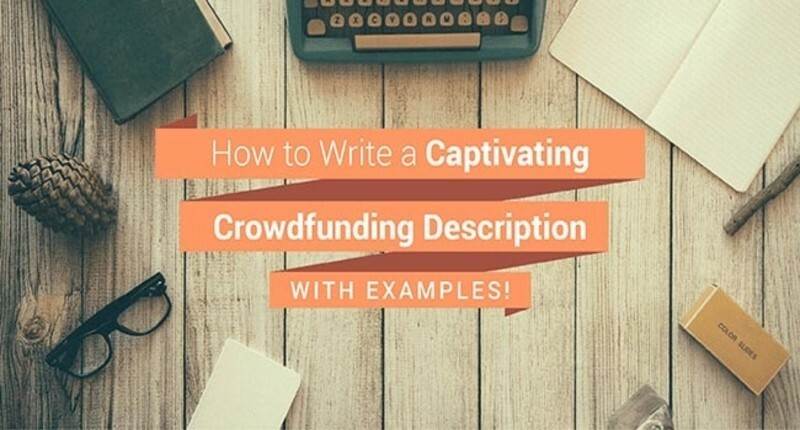Doing your Crowdfunding Description the Right Way

Doing your Crowdfunding Description the Right Way
CROWDFUNDING CAMPAIGN DESCRIPTION
The purpose of a crowdfunding campaign description is to hook the audience. Give the detail in your description (the description appears below the video on your crowdfunding campaign page).
Your video can only give a certain amount of information in 3 minutes. Details like a budget breakdown can be included in your description.
Start with the following questions, some you might have discussed in your video: can you give more detail in the description?
- What are you trying to do?
- Why is it important?
- What is the money for?
- What are your rewards?
- How long will it take?
If you can think of any other questions a potential Backer might have, add those too – your description can’t be too long, only too short!
Writing tips
SPEAK DIRECTLY TO YOUR BACKER
Pretend you’re writing directly to a person. Who is your Backer ? Write your entire description as if you are writing to only one person. People don’t “crowd around the Internet”:
they consume things as individuals. So talk to them like that. Just concentrate on convincing that one person to back your project.
USE HEADINGS
Headings make things easier to skim read. Make it easy for people to find the information they really want.
Use the questions to start with.
ONE IDEA PER SENTENCE
If you mix up all your ideas into one sentence then it makes it really hard to follow after a while because it just keeps going on and on and on and by now I’m guessing you’re going a little cross-eyed.
But if you split up your ideas, people get the gist a lot faster. It means their eyes can skim. It helps draw them down the page.
WRITE SENTENCES WITH LESS THAN 20 WORDS
This is a literacy thing. The more words a sentence has, the harder it is to read.
Think about it. When you learned to read, you started with three or four word sentences:
“The cat is black”
“The cow moos”
Now you’re older and you’re better at reading, you may be able to read longer sentences. But that doesn’t mean the principle can’t work in your favor.
ALWAYS PROOFREAD YOUR WORK AT LEAST TWICE.
There are two things you absolutely must do:
- Read it out loud yourself.
- Get someone else to read it.

Responses